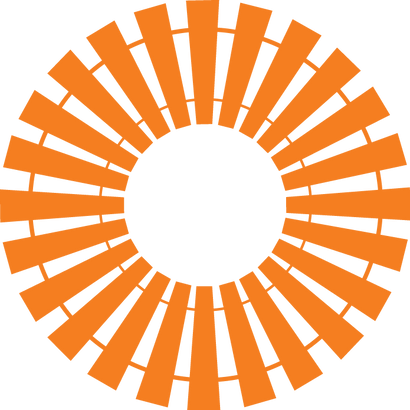Current Project - Uganda

The Challenge:
According to the 2016 Poverty Assessment of World Bank, Uganda has reduced monetary poverty at a very rapid rate. The proportion of the Ugandan population living below the national poverty line declined from 31.1% in 2006 to 19.7% in 2013. Similarly, the country was one of the fastest in Sub-Saharan Africa to reduce the share of its population living on $1.90 PPP per day or less, from 53.2% in 2006 to 34.6% in 2013. Nonetheless, the country is lagging behind in several important non-monetary areas, notably improved sanitation, access to electricity, education (completion and progression), and child malnutrition. Progress in reducing poverty has been much slower in Northern and Eastern Uganda, and thus, the concentration of poverty is higher in these two regions. The proportion of the total number of poor people who live in the Northern and Eastern regions increased between 2006 and 2013, from 68% to 84%, according to the report. Also, households in Uganda’s Northern, Eastern, and Western regions have much lower levels of human capital, fewer assets, and more limited access to services and infrastructure than households in the Central region. For example, electricity is almost nonexistent in the Northern, Eastern and Western regions, where the proportion of households with access stands at 3.7%, 5.8%, and 8.6%, respectively. This is far lower than 32.3% recorded for the Central region. Households in Uganda remain vulnerable. In fact between 2005 and 2009, for every three Ugandans who were lifted out of poverty, two fell back. Because of the limited availability of safety net programs (total spending on social security was 1% of GDP in 2013, compared to an average of 2.8% for Sub-Saharan Africa), households cope with these shocks in suboptimal ways. Only 5% of households received support from the government, instead 35% relied on savings and 25% on family.The Solution:
Over the next four months, Global Bridges aims to raise $25,790 to empower Ugandan women by providing the following two products as a means to create income. Generation of green income will rapidly become the region’s primary income-producing activity. In the process, Africa could develop some of the world’s most energy conscious societies. We will work with a local partner SNIT and women associations in identifying and selecting women who will be part of this program. HEBCOSS CS60: Provide 10 units of HEBCOSS CS60 to 20 women divided in groups of two. This product has the following functionalities:- Provide lighting
- Charge 20 mobile phones at one time (2 hour intervals)
- Charge tablets, laptops, solar lanterns
- Use to display projectors for meetings and gatherings
- Use to power DC TV and AC TV
- Show movies and educational videos for entertainment and educational purposes
HEBCOSS CS100:
Provide 10 units of HEBCOSS CS100 to 20 women divided in groups of two. This product has the following functionalities:- Provide lighting
- Charge 40 mobile phones at one time (2 hour intervals)
- Charge tablets, laptops, solar lanterns
- Use to display projectors for meetings and gatherings
- Use to power DC TV and AC TV
- Show movies and educational videos for entertainment and educational purposes
Also in Projects

Future Projects
Our vision is to declare energy independence across Africa. Incidentally, our goals align with and complement the United Nations

Dembe Sembel ICT
LinkedLines is providing IT related trainings to the community with the aim of equipping community members with 21st century IT skills. Recently, the training included:

May Weuy - Lighting
Mai Wu’ey is a village in the Northern Red Sea Region about 100 km from Asmara. Culturally, the hot water springs in the village are
